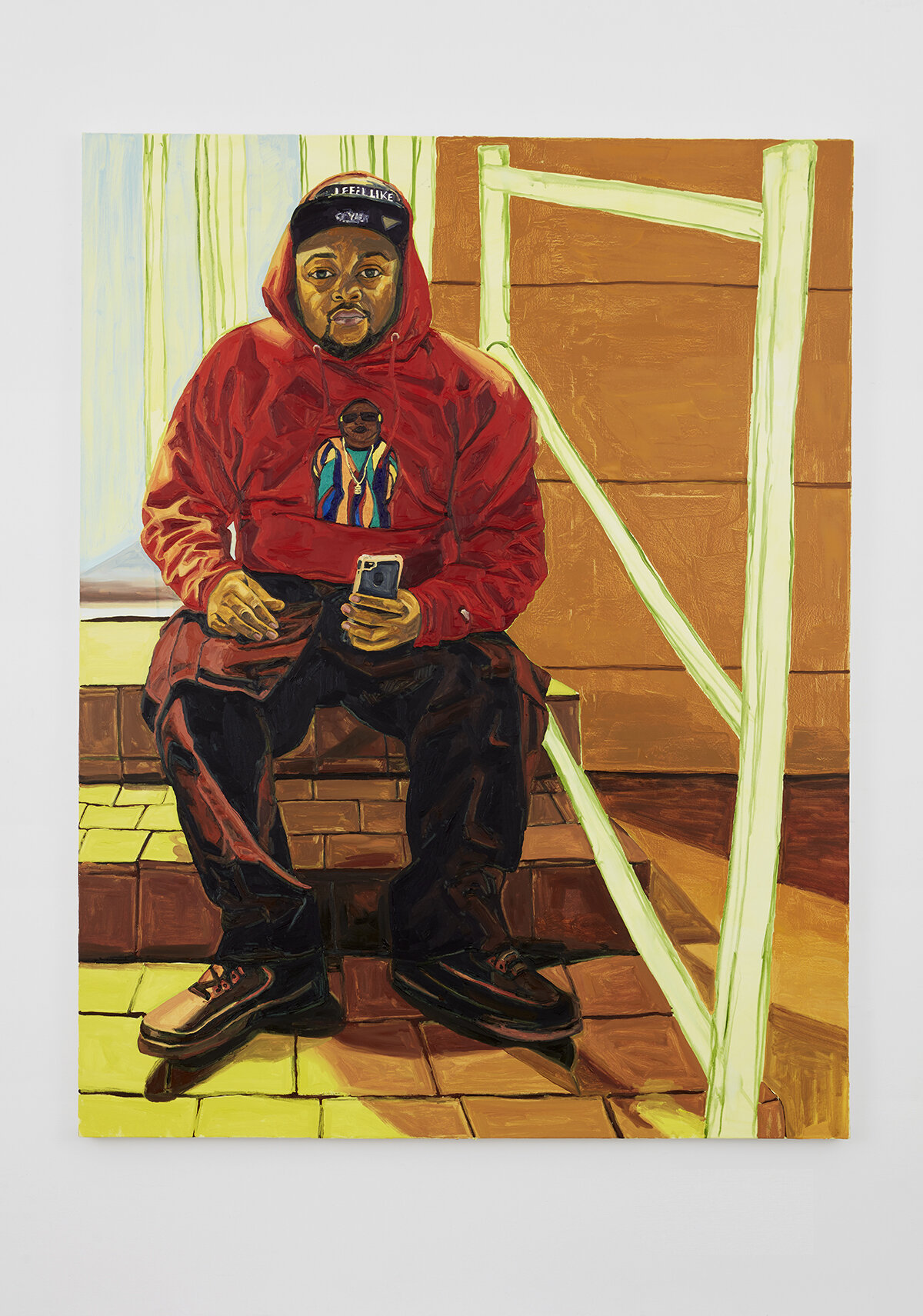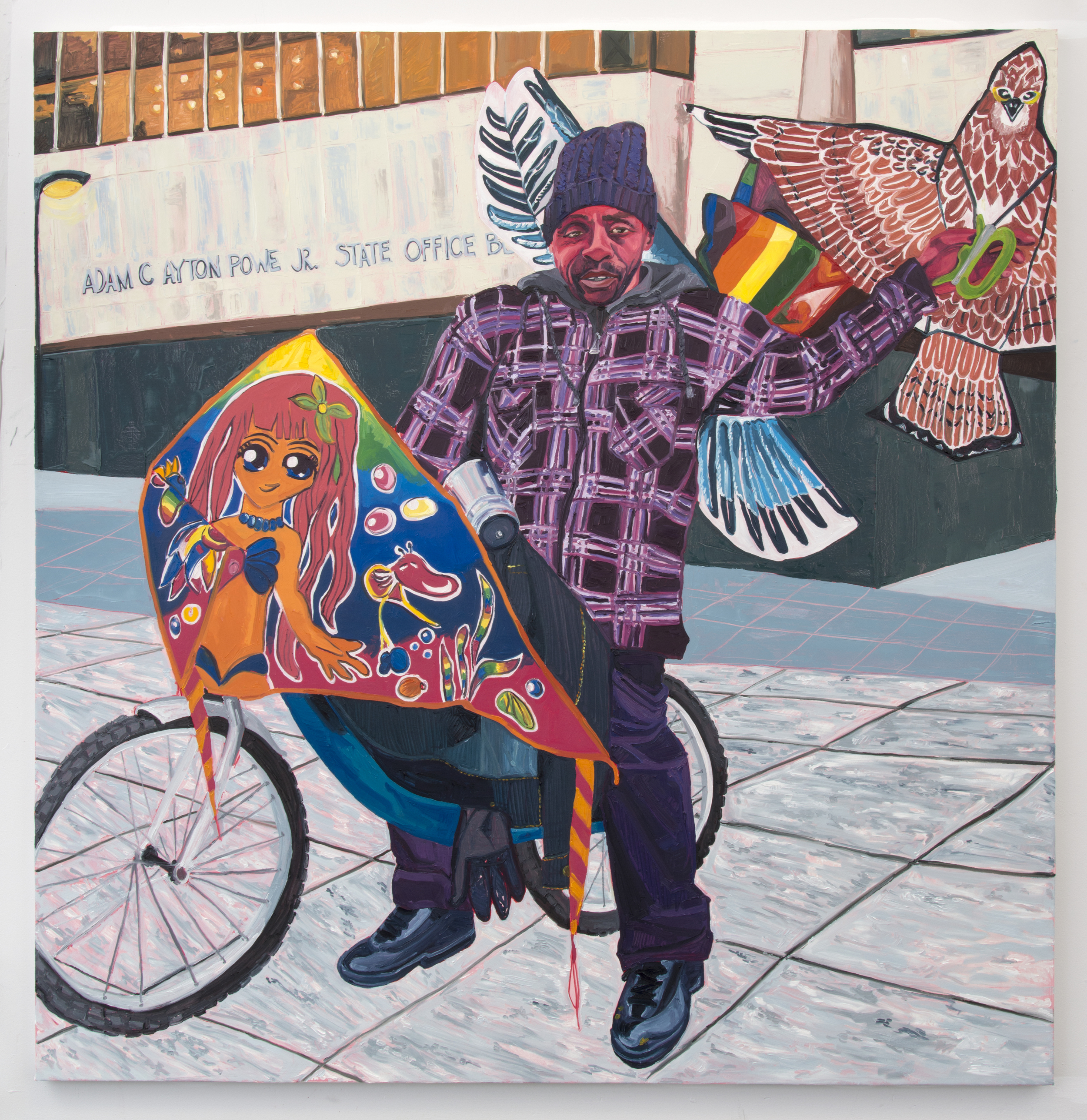The exhibition challenges the fallacy that women artists were rare exceptions before the 20th century. It shows that, although often underappreciated and operating against various social restrictions, women have consistently pursued their creative mission: they have determinedly used artistic activities to confirm and perpetuate their presence and the validity of their individual experiences. In addition to presenting the diverse artistic output of women, the exhibition aims to show the power inherent in a new approach to art history – one that demands justice, restores the voices of the “erased” and leads to a revision of the so-called canon.
Before the advent of modern feminism, there was “the woman question.” “La querelle des femmes” was the phrase used by writers such as Christine de Pizan (1364-c.1430) who authored Le Livre de la cité des dames (The Book of the City of Ladies, 1405). Her allegorical city was imagined to be a place to protect and conserve the histories of important women. Pizan’s writing was among the first to articulate challenges to systemic misogyny that was the norm in European society. Asking “the woman question” (as the querelle became known in English) radically identified a previously unrecognized social and political category: women. De Pizan and her cohort of early modern feminist philosophers articulated the link between gender and power, laying the foundation for movements that have come to be known as feminism. “The Woman Question” emerged as a coded refrain for intellectual and political interrogation of women’s subjugation and became a rallying cry for revolutionary and suffragist movements. The exhibition borrows this phrase to describe almost five hundred years of women’s creativity.
The exhibition showcases allegorical representations of power, resistance and sexual violence; it looks at the struggle for access to artistic education; representations of women’sbodies and erotic desires; iconography of motherhood and reproductive choice; women's agency in times of war; and how the role of women in society changes dramatically in times of upheaval. The Woman Question: 1550–2025 brings together works by almost 140 women artists, divided into eight thematic sections:
Femmes Fortes: Allegories and Agency
This gallery is dedicated to the emergence in 17th-century Europe of the genre of femmes fortes – heroic images of virtuous women such as Judith, Cleopatra and Lucretia – represented by works by Artemisia Gentileschi, Angelika Kaufman and Elisabetta Sirani. Modern and contemporary artists (including Lubaina Himid, Chiara Fumai, Betty Tompkins, Miriam Cahn, Cindy Sherman and Yoko Ono) return to these historical figures and present them from a feminist perspective.
Palettes and Power: The Self Portrait as Manifesto
This gallery is dedicated to the ‘‘palette portrait” a genre ofself-portraiture invented by women artists in the sixteenth century which allowed women artists to manifest their creative identity. From Sofonisba Anguissola to Élisabeth Vigée Lebrun, Lavinia Fontana, Lisa Brice and Somaya Critchlow, the works presented here confirm the status of women artists as creators over five centuries.
Education and the Canon
This section explores the structural barriers that women have encountered or continue to encounter – lack of access to academies or life drawing classes and to artistic circles. Here, we can also look at the ways in which contemporary women artists have used their agency to write themselves into the canon of art history. The works of Marie Bashkirtseff, Claudette Johnson, Faith Ringgold, Guerilla Girls and Art Project Revolution raise questions about access to education and the role of politics in the creation of the canon.
A Muse of Her Own
With the gradual opening of academies to women students in the 19th century, women began to seek ways to express themselves beyond the genre of the ‘palette portrait’. With their own complex identities as their muses, the artists featured in this impressive gallery of self-portraits, including Marie-Nicole Vestier, Fahrelnissa Zeid, Lotte Laserstein, Sonia Boyce, Françoise Gilot, Yvonne Wells, Anita Rée and Celia Paul, address themes of identity and cultural identity, motherhood and the evolving image of the ‘new woman’.
Surreal Selves, Mystical Me: Symbolism, Surrealism and Mysticism
In this section of the exhibition, we look at dreamscapes and mythic self-images through a diverse collection of works by artists such as Leonor Fini, Anna Güntner, Francesca Woodman, vanessa german, Małgorzata Mycek, Iiu Susiraja and Genowefa Magiera. The portraits gathered here, whether surreal, symbolic or spiritual, reveal the inner landscapes of women’s agency and creativity.
No ate, No Lock, No Bolt: Imaginaries Unleashed
Inspired by Virginia Woolf's call for intellectual freedom, this chapter celebrates the unleashing of women’s erotic imaginaries. The works presented here by Ithell Colquhoun, Tamara Łempicka, Ambery Wellman, Lisa Yuskavage, Lotte Laserstein, Barbara Falander and Jordan Casteel explore gender reversals, eroticism and liberation from the male gaze.
Of Woman Born
Drawing on Adrienne Rich's feminist treatise, this chapter examines motherhood not as an institution but as lived experiences. Through works by Elisabetta Sirani, Angélique du Coudray, Paula Modersohn-Becker, Marlene Dumas, Frida Orupabo, Monika Sjöö, Catherine Opie, Clarity Haynes, Everlyn Nicodemus, Louise Bourgeois, Tracey Emin and Frida Kahlo, among others, the exhibition confronts pregnancy, loss, birth, reproductive choice, and maternal power.
Wartime Women
Centering on women’s roles in armed conflict, this powerful closing chapter focuses on Eastern European experiences and includes historical works from World War II and the Shoah, as well as contemporary works from Ukraine. Artists such as Ceija Stojka, Teresa Żarnower, Zuzanna Hertzberg, Kataryna Lysovenko, and Lesia Khomenko, amongst others, challenge gender scripts of war, portraying women as warriors, witnesses and survivors.
In order to make this continuity of women’s authorship legible over such a long span of art history, the exhibition privileges figurative painting and sculpture. The Woman Question asserts that images are power, focusing on visual narratives that make different forms of agency and assertions of identity legible. Featuring some of the earliest examples of women artists’ work, this iconographic journey will juxtapose artwork from different periods and disciplines dealing with common themes.
The Woman Question: 1550–2025 is more than a historical survey—it is a call to reframe art history through the lens of feminist continuity and resistance. As art historian Mary Garrard has written, “Feminism existed before we knew what to call it.” This exhibition makes that lineage visible.






